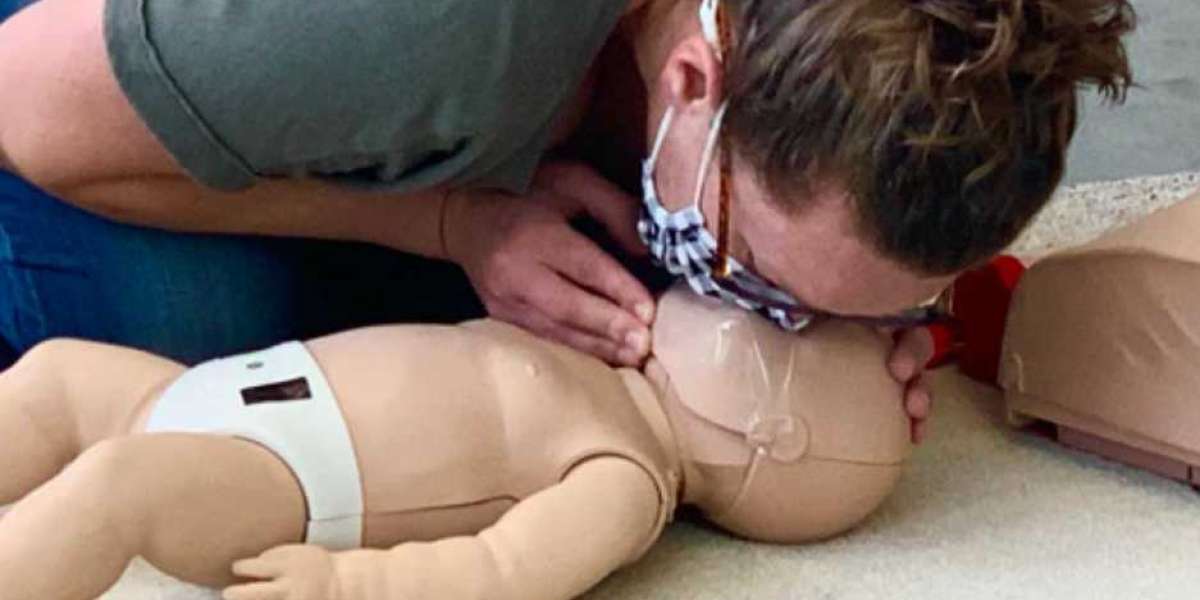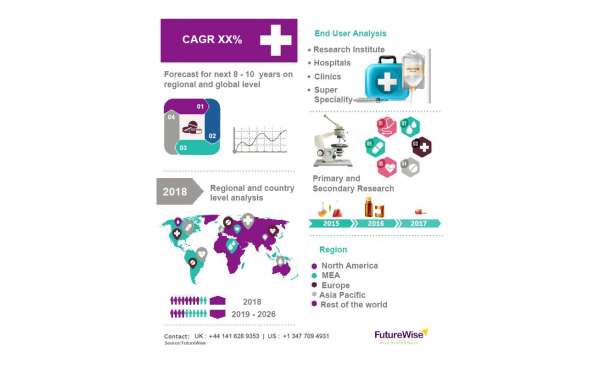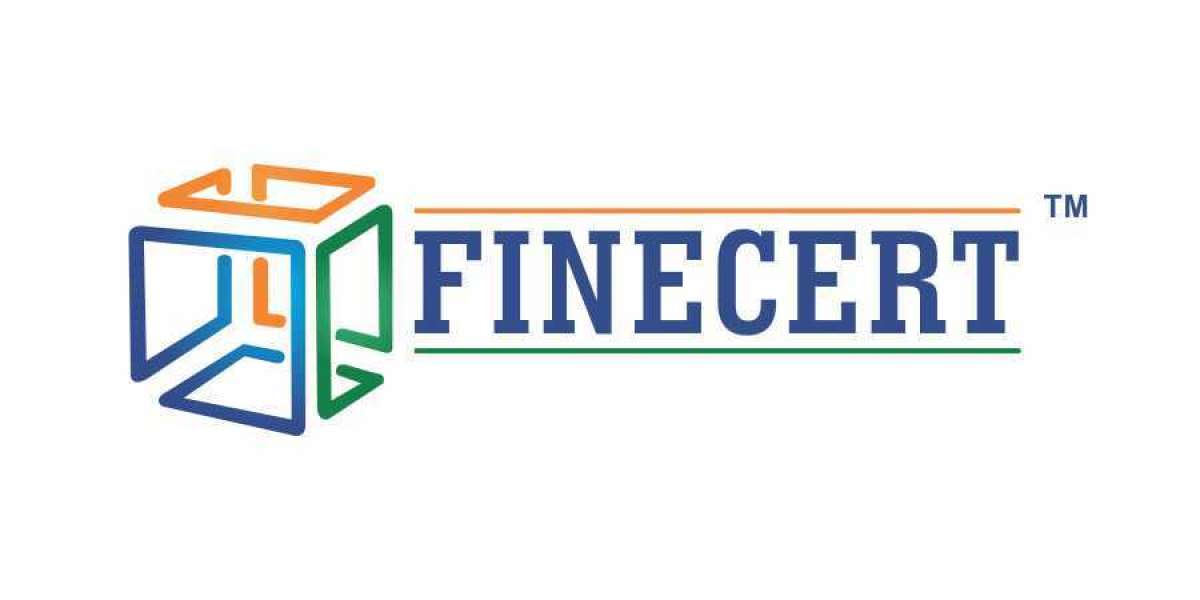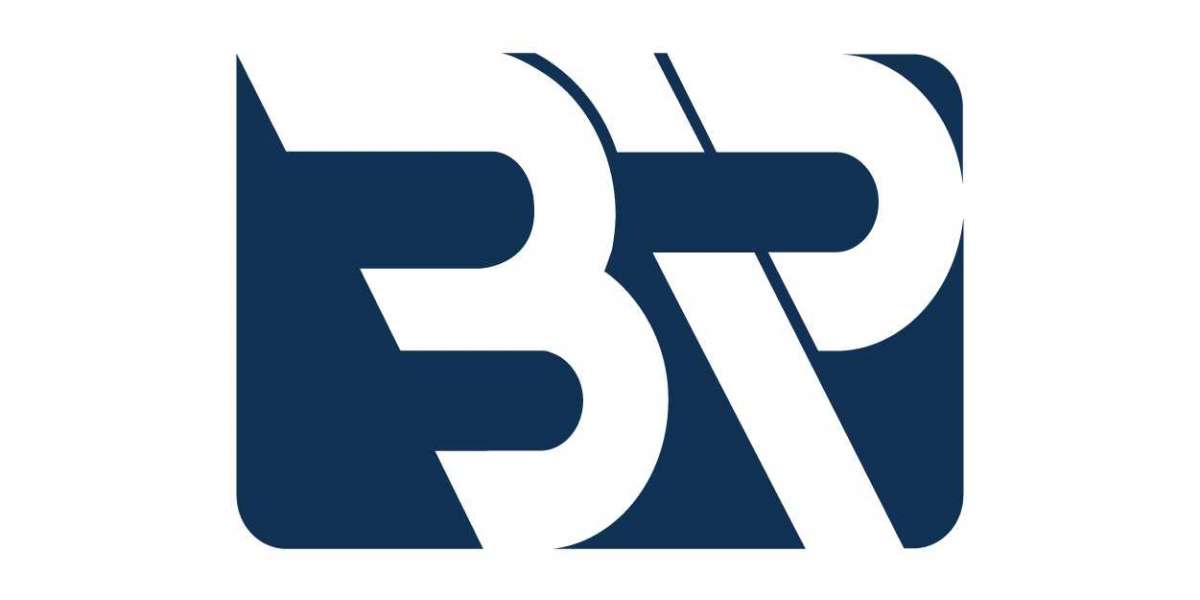Cardiopulmonary Resuscitation (CPR) and Automated External Defibrillator (AED) certification is more than just a piece of paper; it represents a critical set of lifesaving skills and knowledge. In this article, we'll explore what CPR and AED certification means, why it's essential, and how it can make a significant difference in emergency situations.

What Is CPR and AED Certification?
CPR and AED certification is a formal recognition that an individual has successfully completed a training program in CPR and AED use. It signifies that the certified person has the skills and knowledge to provide immediate assistance to someone experiencing cardiac arrest or other life-threatening situations.
Certification typically involves completing a course offered by an accredited organization or training center. These courses are designed to teach participants the techniques and procedures for effective CPR, as well as how to use an AED. The certification is often valid for a specific period, typically two years, after which individuals must undergo recertification to ensure they stay current with the latest guidelines and techniques.
Why Is CPR and AED Certification Important?
Immediate Response: CPR and AED certification prepares individuals to respond immediately to cardiac arrest or other life-threatening emergencies. Time is critical in these situations, and a trained individual can provide the necessary care before professional medical help arrives.
Increased Survival Rates: Bystander cpr aed training use can significantly increase a person's chances of survival. Certification equips individuals with the skills to act decisively and effectively in emergencies, potentially saving lives.
Confidence: Certification instills confidence in individuals, making them more likely to take action in emergency situations. It eliminates hesitation and empowers them to step up and provide assistance.
Workplace Requirements: Many workplaces, especially those with a higher risk of accidents or cardiac emergencies, require employees to have CPR and AED certification. It is often a legal or regulatory requirement to ensure a safe and prepared work environment.
Community Safety: Certified individuals contribute to the safety and well-being of their communities. By being prepared to provide immediate assistance, they enhance overall community safety.
Versatile Skillset: CPR and AED certification is a versatile skill that can be applied in various emergency situations, not just cardiac arrest. It can be used for choking victims, drowning incidents, or any event where someone has stopped breathing or lost consciousness.
Pediatric and Specialized Care: Certification may include specialized training, such as pediatric CPR and AED use. This prepares individuals to provide care tailored to specific age groups or populations.
Peace of Mind: Certification offers peace of mind to individuals and their families, knowing they can respond effectively in emergencies. This sense of security can be especially valuable for parents and caregivers.
How to Get Certified
To obtain CPR and AED certification, individuals typically follow these steps:
Choose a Course: Select the type of CPR and AED course that best suits your needs, whether it's basic life support (BLS), Heartsaver, or pediatric CPR.
Find a Training Center: Locate a reputable training center or organization that offers the chosen course. Look for accreditation and positive reviews.
Attend the Course: Enroll in the course and attend the required training sessions, which may be in-person or online, depending on the course format.
Demonstrate Skills: During the course, you'll be required to demonstrate your CPR and AED skills to certified instructors. This may include performing CPR on manikins and using an AED.
Pass the Exam: Some courses have written exams to assess your understanding of the material. Successfully complete the exam to demonstrate your knowledge.
Receive Certification: Once you have completed the course and passed the necessary assessments, you'll receive CPR and AED certification. It is important to maintain a record of your certification, including the expiration date.
Recertification: CPR and AED certification typically expires after a set period, usually two years. To maintain your certification, you'll need to attend a recertification course, which includes a review of the skills and knowledge.
CPR and AED certification is not only a piece of paper; it represents the ability to save lives in critical situations. It empowers individuals to respond immediately, confidently, and effectively to cardiac arrest and other life-threatening emergencies. By getting certified and keeping your skills up-to-date through recertification, you play a pivotal role in enhancing safety and well-being in your community and workplace.








